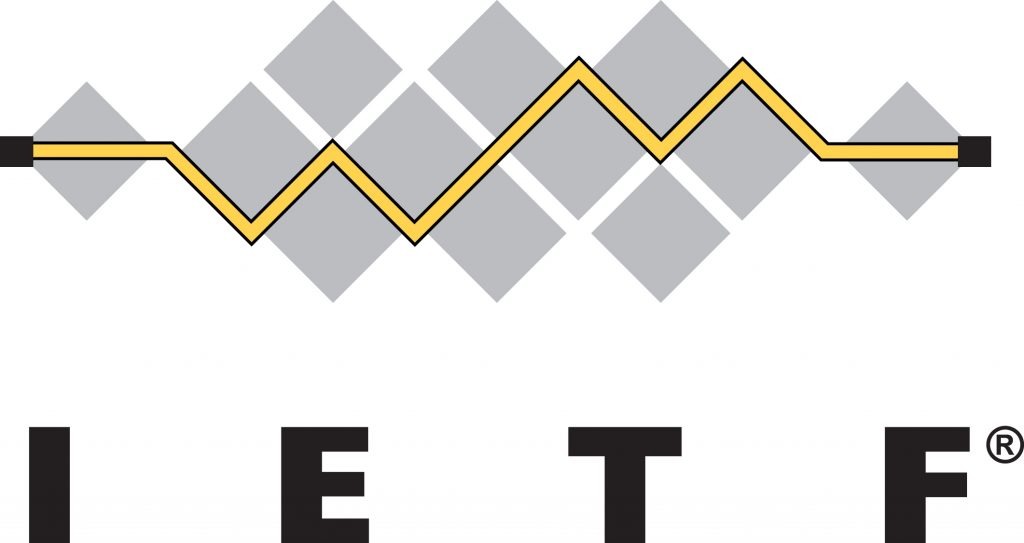Interview with Joe Onisick
With this blog, I try to inspire and mentor. One person I have a lot of respect for is Joe Onisick. I had the pleasure of interviewing Joe. Joe has really transformed himself and everything about him lately and I thought it would be nice to give you readers some more insight to his journey. Here is Joe’s story:
Q: Hi Joe, welcome to the blog! Please give the readers a short introduction of yourself.
A: I’m a technology executive who’s been in the field for 23 years, with the exception of a five-year break to serve as a US Marine. I started in network/email administration and have spent most of my career in the data center space on all aspects of delivering data center resources, up to IaaS and private-cloud.
Q: Many people probably know you best from your time at Cisco, working for the Insieme BU, responsible for coming up with ACI. What was your time at Cisco like? How were you as a person at that time?
A: I joined a startup called Insieme Networks that was in the early stages of developing what became Cisco ACI and Nexus 9000. When the product was ready to launch, Continue reading
 On the heels of its $6.9 billion Mellanox purchase, the chip company used the GPU Technology...
On the heels of its $6.9 billion Mellanox purchase, the chip company used the GPU Technology... VMware’s latest cloud push includes more VMware Cloud on AWS regions, expanded multi-cloud...
VMware’s latest cloud push includes more VMware Cloud on AWS regions, expanded multi-cloud... Enterprises are primarily using AI in the cloud to increase revenue and free up employees’ time...
Enterprises are primarily using AI in the cloud to increase revenue and free up employees’ time... TDC CEO Allison Kirby told local media that the operator “is not blind” to the widely held...
TDC CEO Allison Kirby told local media that the operator “is not blind” to the widely held...

